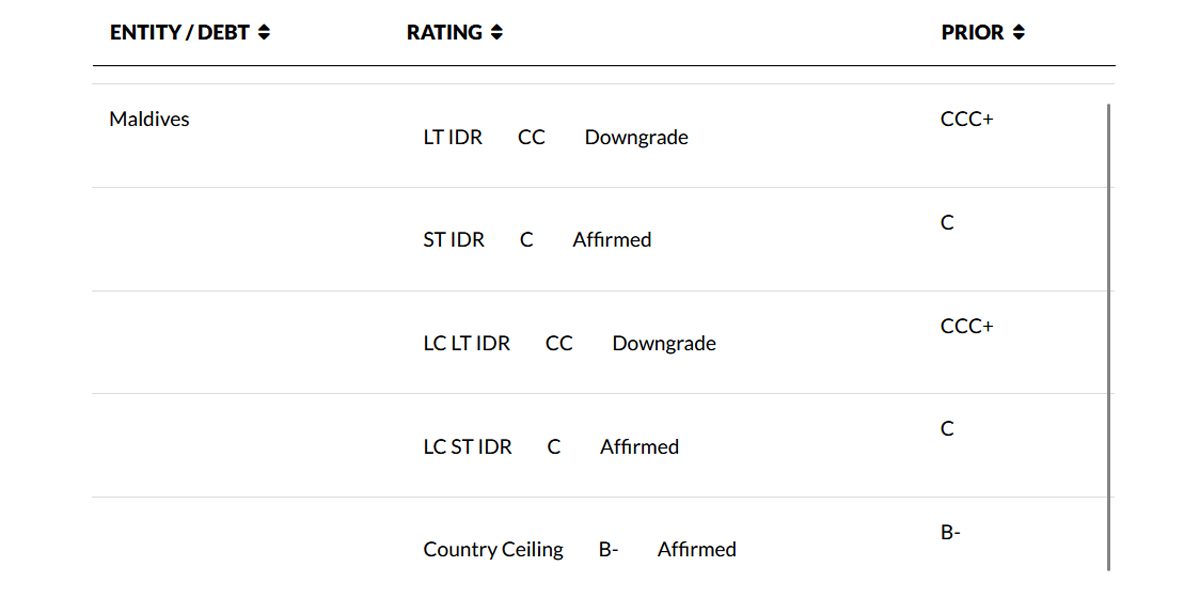A recent report highlights that the Maldives banking system is grappling with 6.7 billion rufiyaa in excess liquidity, a legacy of money printing during the Covid-19 pandemic. This surplus liquidity is now being converted into loans, which is putting pressure on the country’s currency peg.
According to Edition.mv, an online news portal, the Maldives Monetary Authority (MMA) stated that the excess liquidity in the banking system averaged 6.7 billion MVR by the end of July this year. This surplus results from the previous government’s strategy of printing money to manage cash flow during the pandemic.
Last week, the Bank of Maldives (BML) introduced a ceiling on credit card transactions, a measure similar to those implemented in Sri Lanka during its economic challenges. This decision was later reversed.
The MMA noted that BML holds a significant portion of these funds, and the majority of the surplus liquidity has been disbursed as personal loans by banks. The money, initially provided as salaries to state employees and other government suppliers, has found its way into the banking system. When loaned out for various projects, including tourism, it pressures the forex markets, necessitating the MMA to release dollars to maintain the currency peg.
It remains unclear why the MMA did not take action to sterilize this excess liquidity by selling government securities back to banks, which could have mitigated the increase in private credit without corresponding deposits.
The Maldives’ credit system has been experiencing forex shortages for some time, reflecting the broader challenges facing the country’s financial stability.


